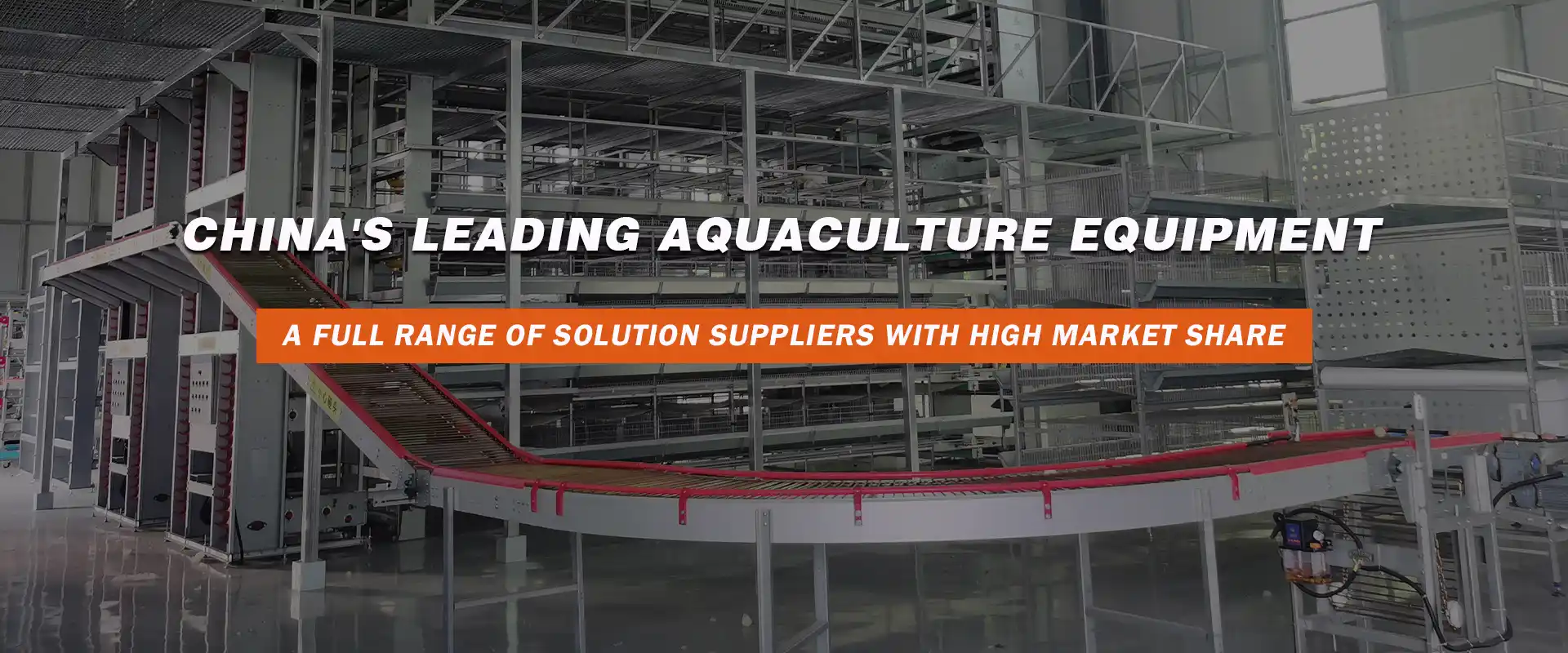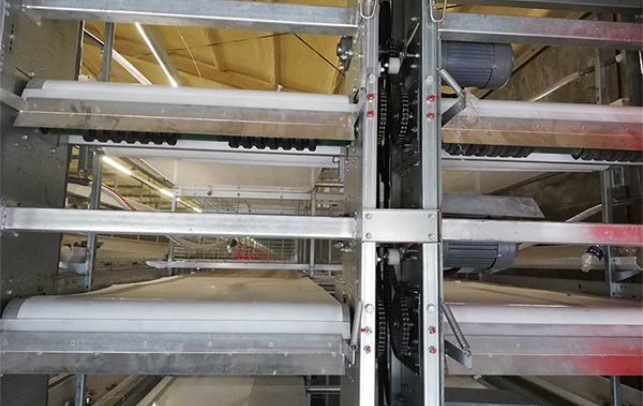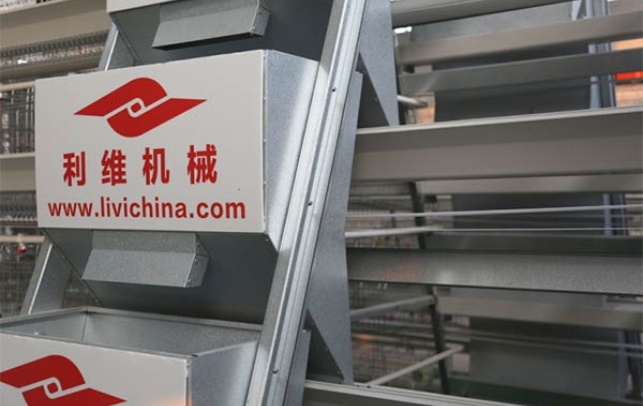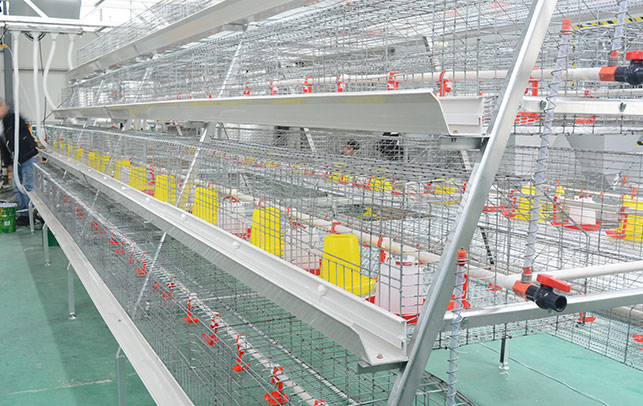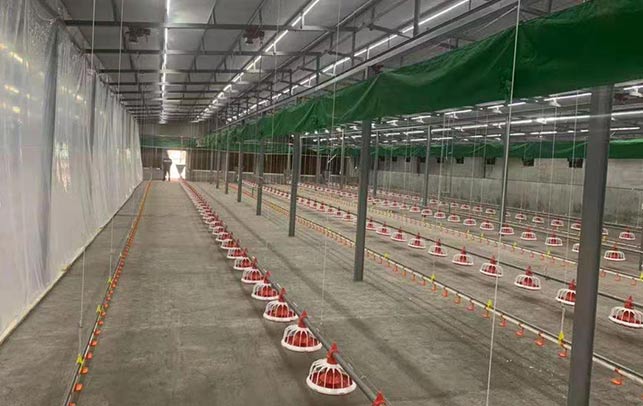Poultry Cage Systems for 50,000 Birds in Kenya: A Comprehensive Guide
Time : 2025-03-28
When it comes to managing a large-scale poultry farm in Kenya, having the right cage systems is crucial. If you’re looking to house around 50,000 birds, you need a system that is not only efficient but also sustainable. In this article, we’ll dive into the details of poultry cage systems for 50,000 birds in Kenya, providing you with all the information you need to make an informed decision.
Understanding Poultry Cage Systems
Poultry cage systems are designed to maximize space, reduce labor costs, and enhance the overall health and well-being of the birds. These systems come in various types, each with its own set of advantages and disadvantages. Before we delve into the specifics for a 50,000-bird farm, let’s take a quick look at the common types of poultry cage systems:
- Layer Cages: Ideal for laying hens, these cages are typically designed for two to three birds per cage. They provide ample space for the birds to move around and lay eggs.
- Brooder Cages: Used for younger birds, these cages are designed to keep the chicks warm and protected until they are mature enough to move to a larger area.
- Broiler Cages: These cages are for meat-producing chickens and are designed to promote growth and weight gain.
Choosing the Right Cage System for 50,000 Birds in Kenya
When dealing with such a large number of birds, it’s important to choose a cage system that can handle the scale of your operation. Here are some key factors to consider:
1. Space and Layout
Ensure that your chosen system provides enough space for each bird. A general rule of thumb is to allocate at least 1 square foot per bird. For 50,000 birds, you’ll need a significant amount of space. Consider the layout of your farm and how the cages will be arranged to maximize efficiency and minimize stress on the birds.
2. Material and Durability
The materials used in the construction of the cages should be durable and able to withstand the rigors of a poultry farm. Look for systems made from high-quality steel or aluminum, which are resistant to corrosion and rust.
3. Ventilation and Temperature Control
Proper ventilation is essential to maintain a healthy environment for your birds. Ensure that the cage system you choose has adequate ventilation to provide fresh air and prevent heat buildup. Additionally, consider a system with temperature control features to keep the birds comfortable throughout the year.
4. Egg Collection and Waste Management
Efficient egg collection and waste management are critical for the success of your farm. Look for systems that facilitate easy egg collection and have a waste management system in place to minimize the risk of disease and maintain a clean environment.
5. Cost and Maintenance
While cost is a significant factor, it’s important to balance it with the long-term benefits and maintenance requirements of the system. Choose a system that offers a good return on investment and is easy to maintain to reduce operational costs over time.
Top Poultry Cage Systems for 50,000 Birds in Kenya
Here are some of the top poultry cage systems that are well-suited for a 50,000-bird farm in Kenya:
1. Aviary Systems
Aviary systems provide a more natural environment for the birds, allowing them to move around and express their natural behaviors. These systems are often more expensive but can lead to healthier and happier birds.
2. Battery Cages
Battery cages are a popular choice for large-scale poultry operations. They are cost-effective and provide a controlled environment for the birds. However, they may not be as conducive to the birds’ natural behaviors as aviary systems.
3. Floor Cages
Floor cages are another option that offers a balance between natural movement and controlled conditions. These systems are often used for broiler production and can be easily expanded as your operation grows.
Conclusion
Choosing the right poultry cage system for a 50,000-bird farm in Kenya is a significant decision that can impact the success of your operation. By considering factors such as space, material, ventilation, egg collection, and cost, you can make an informed choice that will lead to a healthier, more productive farm.




